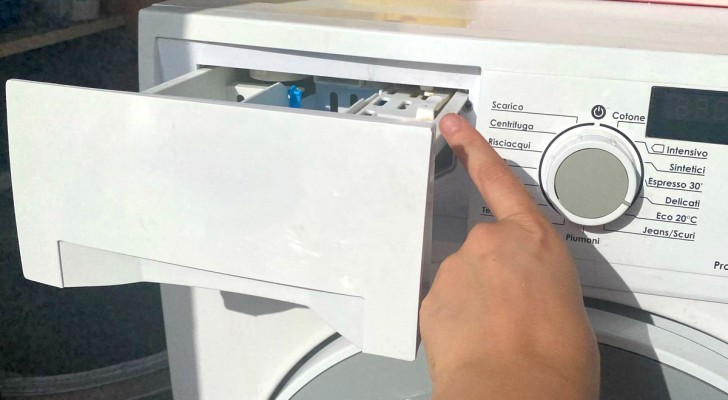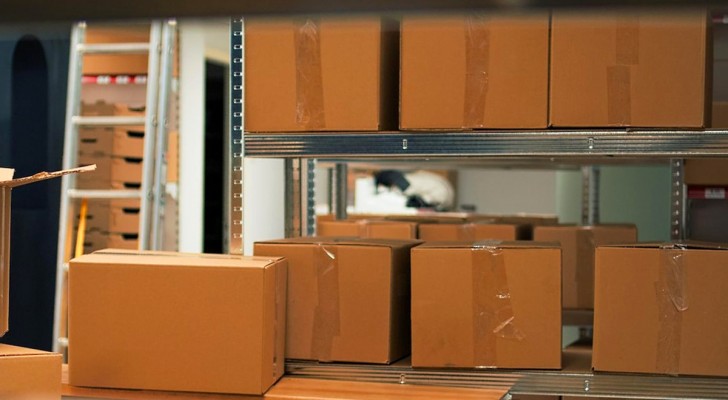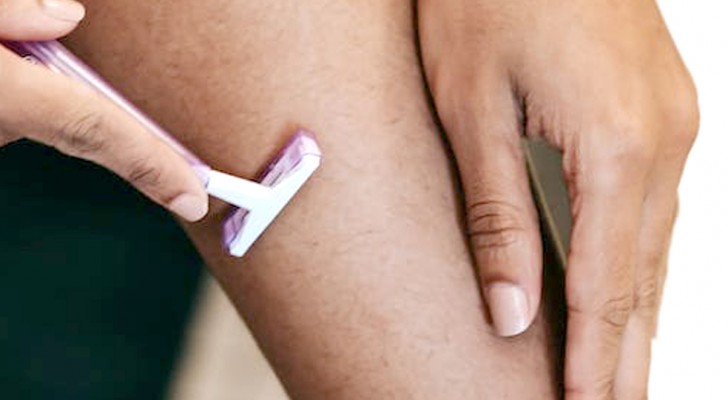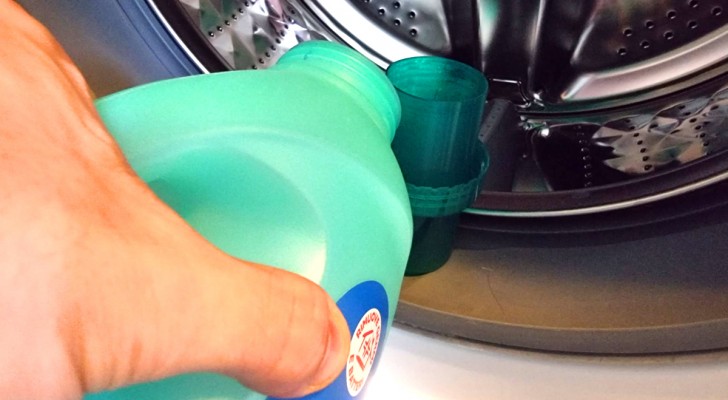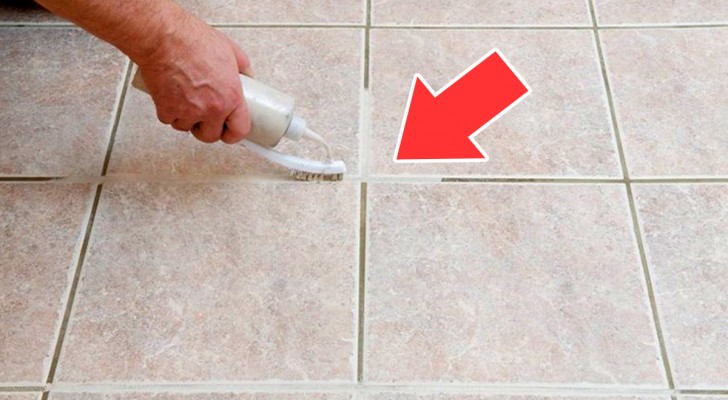The mystery of plastic number codes revealed here and now!

We know that today there are some great issues whose resolution can no longer be postponed and among them is the question of plastic!
This revolutionary material introduced in the early 1900s has long been the principal material that has polluted the world's seas, and not only.
At present, a replacement for this material does not exist and what is left for us to do is to use plastic and to dispose of it in the correct way. That is why it is important to know the meaning of the plastic number codes printed on all plastic containers.
What does that number printed on the bottom of all plastic containers mean?
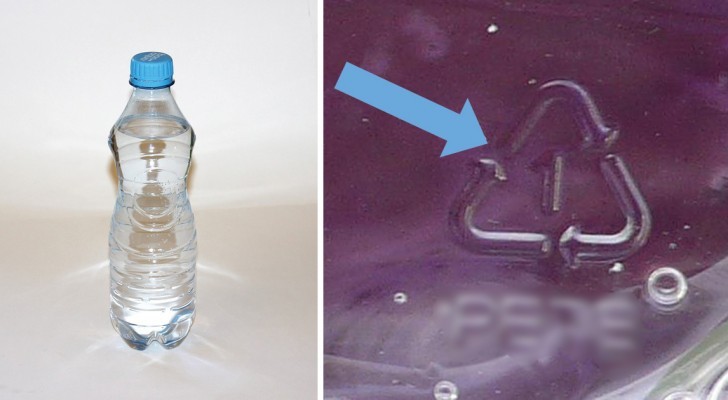
That number is for distinguishing the different types of plastic because as you may have noticed, many containers are made of plastic but not all of them look the same. There are those that are transparent, opaque, flexible, and rigid.
Knowing the type of plastic is crucial, especially when dealing with its disposal. It may be difficult to believe, but recycling together two different types plastics is like trying to melt glass with metal --- it makes no sense!
Of course, it is not the job of the consumer to separate the different types of plastic, that is the responsibility of the ecological operators, but that plastic number code contains additional information that is very important.
Precisely because not all plastic containers are the same, there are only a few that are suitable for use as beverage or food containers.
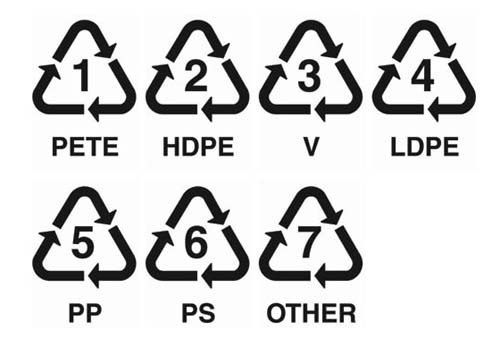
For each plastic number code, there are some recommendations to be followed to make sure that the plastic product, or the product enclosed in a plastic container, is used in the correct way:
1) PET: This is polyethylene terephthalate. It is used for disposable containers and is a light and flexible plastic. Even some bottles containing water are made of this material and if you see the number code 1, then you should not use the bottle more than once! This type of plastic is easily contaminated by bacteria and if it is subjected to heat it releases chemicals that are harmful to our endocrine system.
2) HDPE: Unlike PET, this is a more rigid plastic material, used for soap, detergent, and oil containers and for toys. This is the best plastic material to use as containers for drinking water.
3) PVC: This type of plastic material is normally used for food containers and toys for children and pets. Experts do not advise buying PVC products as it releases considerable amounts of chemical substances.
4) LDPE: LDPE is also very flexible and if it is exposed to light or heat sources, it releases chemical substances.
5) PP: This is the plastic material that is widely used to make yogurt or dairy containers because it provides an effective barrier against moisture. Compared to the other plastics, it is thermosetting, which means that it becomes more rigid when it is subjected to heat.
6) PS: Polystyrene is the plastic material that is used to make disposable plastic cups, plates, and other disposable dishes. It should not be submitted to heat sources because there is the possibility of it releasing carcinogenic substances.
7) Other: In this category, we find all the other plastic materials that cannot be placed in the other categories, and such as composite plastic materials. Using objects made of these plastic materials is not recommended because their original composition is not known.
Now you know something more about plastic materials and their code numbers! Remember to keep differentiating and always choose the one that best suits your needs!
